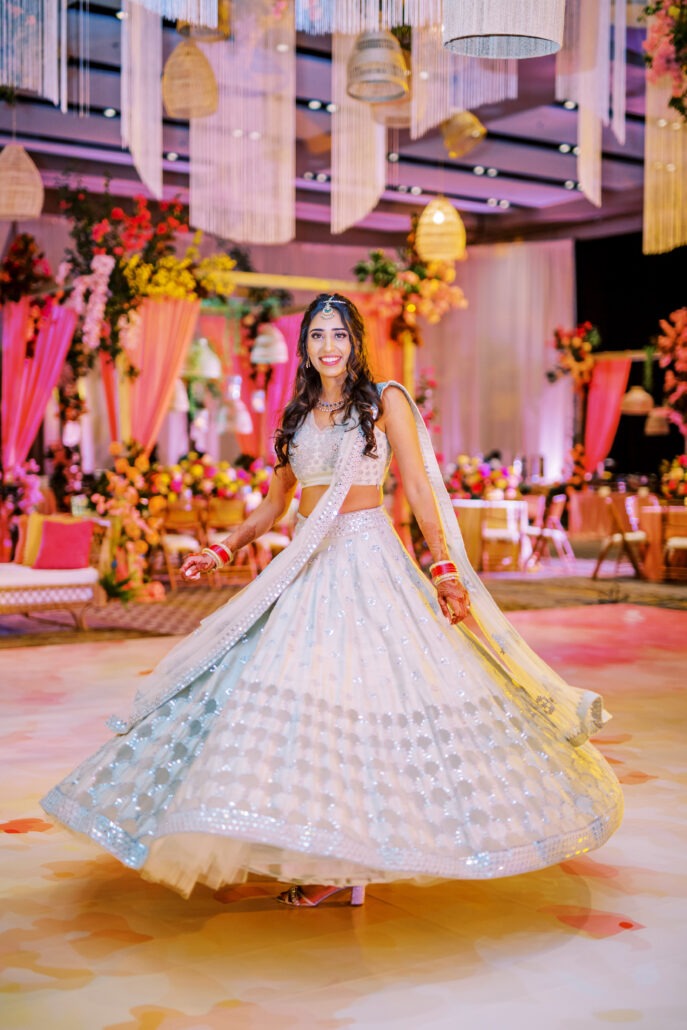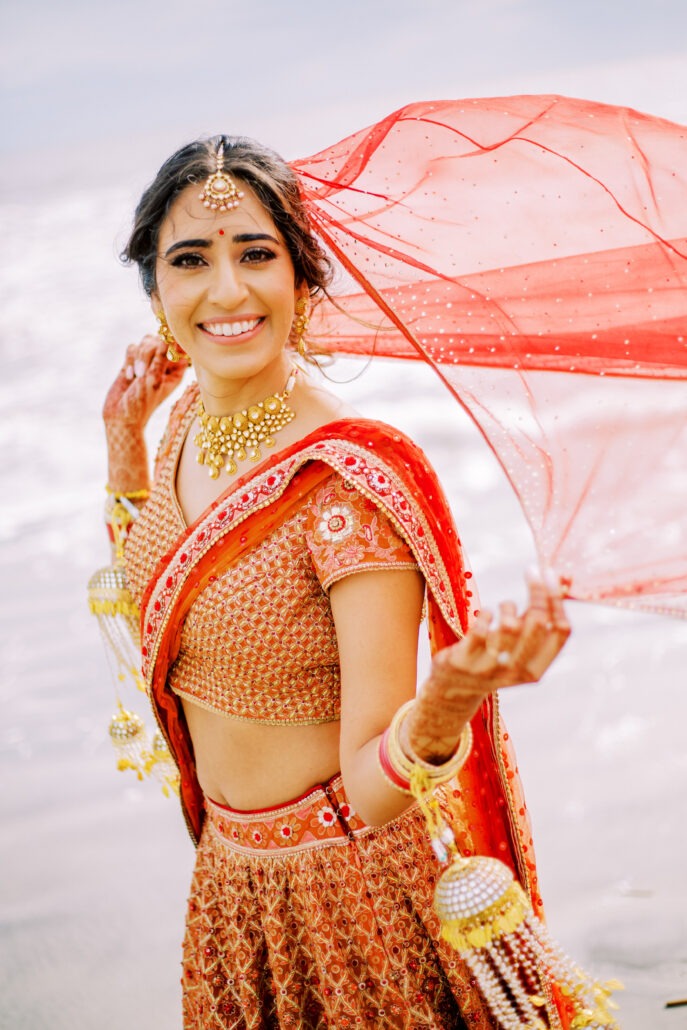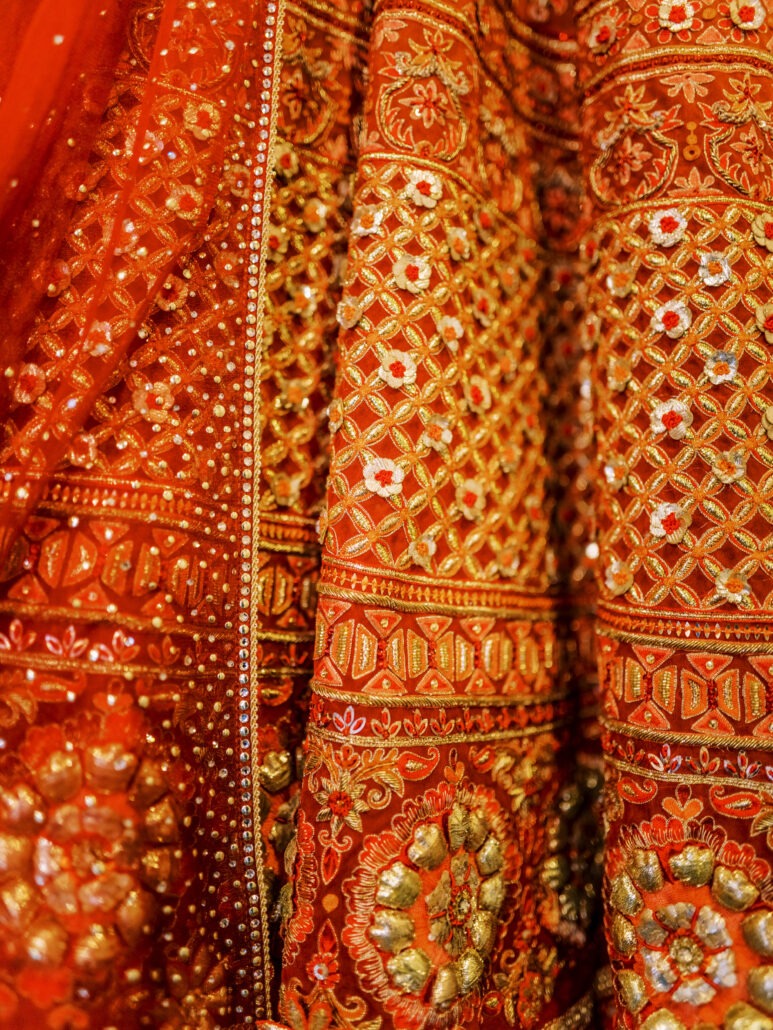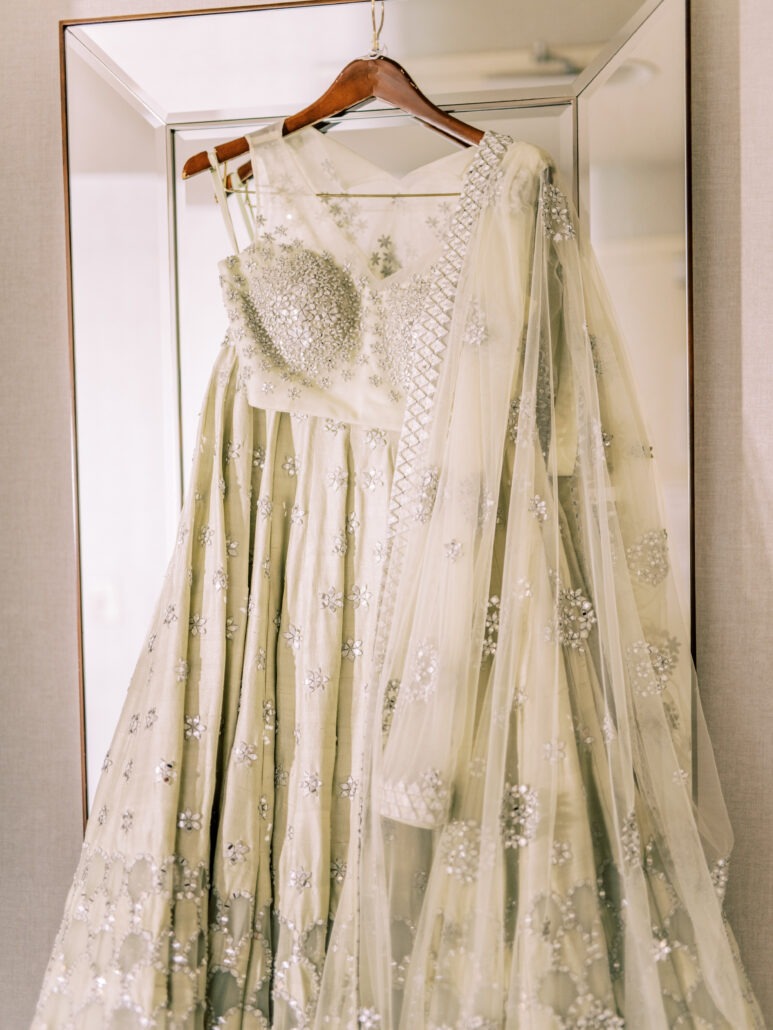
Introduction to Indian Weddings
Indian weddings, a vibrant and enchanting blend of culture, tradition, and celebration, are magical. Each element within an Indian wedding, from the rituals performed to the outfits worn, is steeped in history and significance. For those unfamiliar with Indian weddings, they are a multi-day celebration filled with music, dance, lavish feasts, and a riot of colors. The heart and soul of an Indian wedding, however, is the bride. The bride’s attire plays a pivotal role in the celebration, with the most significant piece being the wedding saree.
The wedding saree is not just a piece of clothing; it’s a symbol of the bride’s cultural identity. It is a reflection of the bride’s personal style, as well as the traditions and customs of her family. The process of selecting the perfect wedding saree is a journey filled with excitement, anticipation, and, sometimes, a little bit of anxiety! But don’t worry; this guide is here to navigate you through all the intricacies and nuances of choosing the perfect saree for your Indian wedding.
The Importance of the Saree in a Hindu Wedding
In a Hindu wedding, the saree holds a place of utmost importance. It is not just an attire but a symbol of purity, virtue, and grace. The choice of a wedding saree is often influenced by regional traditions, family customs, and personal preferences. It is believed that a bride’s saree is her armor, protecting her from negative energies as she embarks on her new life.
The saree is also considered an embodiment of the divine feminine energy, Shakti. The act of draping a saree is seen as a ritual in itself, symbolizing the bride’s transition from a maiden to a married woman. The vibrant colors, intricate designs, and luxurious fabrics of a saree all add to the grandeur and beauty of the bride.
The importance of the saree in a Hindu wedding can also be seen in the ritual of ‘Kanyadaan,’ where the bride’s father hands over his daughter to the groom. During this ritual, the end of the bride’s saree is tied to the groom’s scarf, signifying the sacred union of two souls.
History and Culture of the Wedding Saree
The tradition of wearing a saree dates back to the Indus Valley Civilization. The first mention of a saree-like garment can be found in the ancient Vedas, where it was referred to as ‘nivi’. Over the centuries, the saree has evolved and adapted to various cultural shifts, yet it has always retained its essence and significance.
The wedding saree has always been a symbol of the bride’s cultural heritage. Each region in India has its unique style and tradition of saree. For instance, in South India, the ‘Kanjeevaram’ saree is popular, known for its rich silk fabric and gold zari work. On the other hand, in Bengal, brides prefer the ‘Banarasi’ saree, famous for its intricate designs and vibrant colors.
The culture of the wedding saree is wider than just India. It has spread across the globe, with women from various ethnicities and cultures embracing the elegance and beauty of the saree.

Understanding the Different Types of Saree Fabrics
One of the crucial aspects while choosing a wedding saree is understanding the different types of saree fabrics. The fabric of a saree can greatly influence its look, feel, and drape. Some common fabrics used in making sarees include silk, cotton, georgette, chiffon, and crepe.
Silk is perhaps the most popular choice for wedding sarees, thanks to its luxurious feel and elegant sheen.
Cotton sarees, on the other hand, are comfortable and suitable for warm climates.
Georgette sarees are lightweight and easy to drape, making them a favorite among younger brides.
Chiffon sarees add a touch of sophistication and grace, while crepe sarees are known for their crinkled texture and fluid drape.
Choosing the right fabric for your wedding saree is essential, as it can drastically enhance your overall look and comfort.

Saree Silk in Indian Weddings
Silk, often called the ‘queen of fabrics,’ holds a special place in Indian weddings. Silk sarees are the epitome of elegance, grace, and luxury. They are known for their rich texture, vibrant colors, and intricate designs.
In India, different regions have their unique styles of silk sarees.
The South Indian Kanjeevaram silk sarees, known for their gold zari work and traditional motifs, are often the first choice for brides.
The Banarasi silk sarees from North India, adorned with elaborate embroidery and zari work, are also popular.
The Assam silk sarees, known for their delicate texture and natural shine, are ideal for brides who prefer a minimalist look.
Choosing a silk saree for your wedding not only enhances your bridal look but also embraces the rich heritage and tradition of Indian weddings.
How to Choose the Right Color for Your Wedding Saree
Choosing the right color for your wedding saree can be a daunting task, given the many options available. Traditionally, red has been the preferred color for Hindu brides, symbolizing prosperity, love, and passion. However, modern brides are increasingly experimenting with different colors.
If you want to stick to traditional colors, you can choose from various shades of red, like maroon, scarlet, or burgundy.
If you are looking for something more contemporary, you can opt for colors like royal blue, emerald green, or even pastel shades like peach or lavender.
When choosing the color of your saree, consider factors like
Your skin tone,
The wedding theme, and
The time of the wedding.
For instance, brighter colors work well for daytime weddings, while deeper shades are ideal for evening ceremonies.
Exploring Sarees Wedding Designs
The design of a wedding saree can significantly impact its overall look. Traditional sarees often feature intricate designs, like floral motifs, peacocks, or gods and goddesses, woven using gold or silver threads.
Modern brides are increasingly opting for contemporary designs, like geometric patterns, abstract prints, or minimalistic embroidery. Some brides also prefer personalized designs, incorporating elements like the couple’s initials or wedding date into the saree’s design.
The choice of design should ideally reflect your personal style and the overall theme of your wedding. Remember that while elaborate designs can add grandeur to your look, they can also make the saree heavy and difficult to manage.
Traditional vs. Modern Bridal Saree: Fashion Trends
When it comes to bridal sarees, there is a constant tussle between tradition and modernity. While some brides prefer the timeless elegance of traditional sarees, others are drawn toward the contemporary charm of modern designs.
Traditional bridal sarees are characterized by rich fabrics, vibrant colors, and intricate designs. They often feature traditional motifs woven using gold or silver threads, like temples, flowers, or gods.
Modern bridal sarees, on the other hand, are known for their minimalistic designs, innovative draping styles, and unconventional color combinations. They often incorporate elements like sequins, crystals, or pearl embellishments, adding a touch of glamour and sophistication.
The choice between traditional and modern depends on your personal style, comfort, and the type of wedding you are planning. Remember, the perfect saree is the one that makes you feel beautiful and confident!

Occasions to Wear Different Types of Sarees
Indian weddings are a multi-day affair, each dedicated to a specific ritual or ceremony. Each of these occasions calls for a different type of saree.
For pre-wedding ceremonies like Haldi or Mehendi, you can opt for a lightweight saree in bright colors adorned with minimalistic designs.
For the main wedding ceremony, choose a luxurious silk saree in a traditional color like red or maroon, embellished with intricate designs.
For the reception, you can experiment with a modern saree in a contemporary design and color.
Remember, the perfect saree is not just about the fabric, color, or design. It’s also about draping, accessorizing, and carrying it with grace and confidence!
Final Considerations When Choosing the Perfect Saree
Choosing the perfect saree for your Indian wedding can be an exciting yet challenging task. Here are some final considerations to keep in mind:
- Budget: Wedding sarees can vary significantly in price, depending on the fabric, design, and brand. Set a budget beforehand and try to stick to it.
- Comfort: While it’s important for your saree to look beautiful, it’s equally significant for it to be comfortable. Remember, you’ll be wearing it for several hours!
- Personal Style: Your saree should reflect your unique style. Feel free to break conventions and choose a saree that truly represents you.
- Time of the Year: Consider the time of the year when choosing your saree. Lighter fabrics like chiffon or georgette are suitable for summer, while heavier fabrics like silk or velvet are ideal for winter.
Conclusion
Choosing the perfect saree for your Indian wedding is a journey filled with excitement, anticipation, and joy. It’s a chance to embrace your cultural heritage, express your personal style, and shine on your big day. Remember, the perfect saree is not just about the fabric, color, or design. It’s about how it makes you feel – beautiful, confident, and truly special! So go ahead, embark on this journey, and find the saree that tells your unique story. Happy shopping!